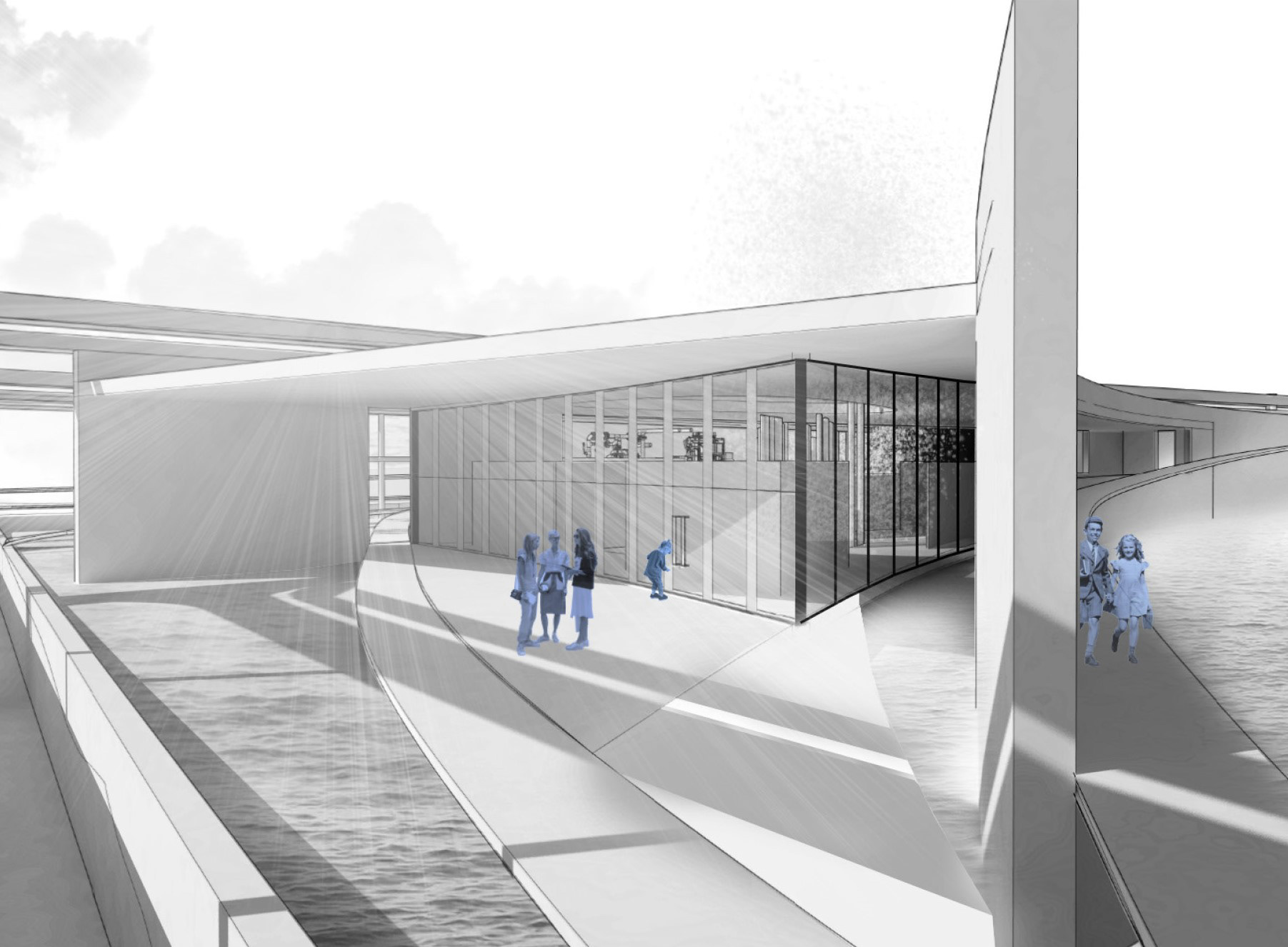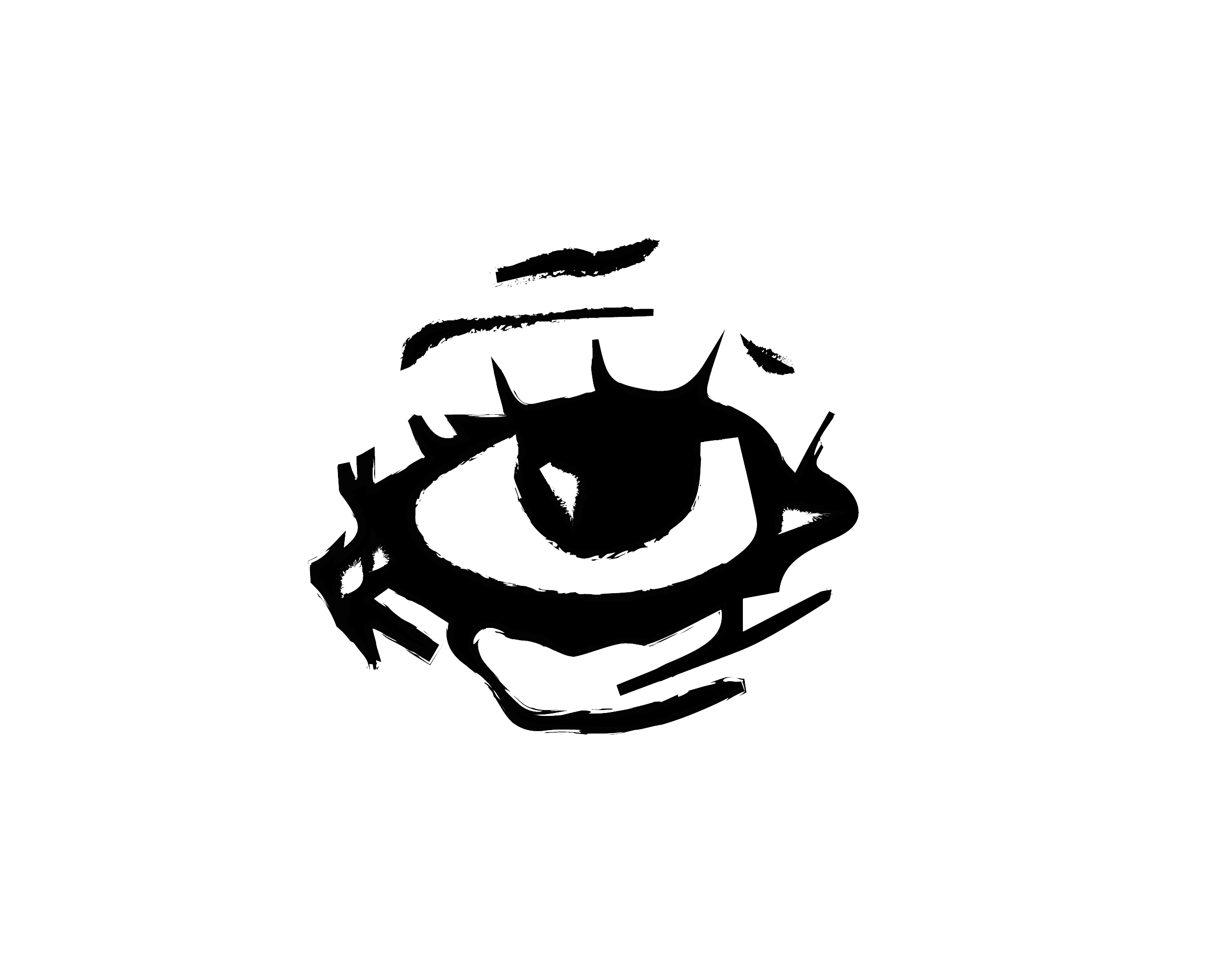Water-net
Graduation Project
Design Team: Merve Akdoğan
Location: Çan, Çanakkale
The first idea of the project was to strengthen the current relationship of Çan with water. For centuries, water has witnessed many historical events, has been transported throughout the cities, and has created a memory. In this context, the memory of water is as important in Çan and its surroundings as it is in many cities of the world. Although Kocaçay has a branch bed that is branched out, it takes the water to the surrounding towns and villages, and the water may be transformed into a common memory that can connect people.
The second main idea that created the project was to realize that we were designing in a town. If we look at the situation of the industrialized towns and the people that are now widely spoken in the world, people migrate from the town as the technology progresses in such settlements and the need for humanity decreases and the town’s population is decreasing. If we look at the aerial photographs shown in the examples, city-based settlements are approaching more rational forms in urban planning. Therefore, the ‘habitat’, which is the subject of the project, has been considered as a temporary, dynamic, and stretchable function because we are working in Çan.
Pedestrian paths at two different levels shape the environment and form a public texture. This publicity is based on the relationship with water, and in this system, the roads always come to a meeting point. For banks housed along the coastline, energy banks create a surface that can be experienced by all kinds of people thanks to the pontoons connected to them. Artificial islands are equipped to meet the needs of electricity, water, and heating, and each energy is connected to its bank so that basic needs are provided before settling in. At the same time, the pool, which is close to the living units, allows people to fuse and provide a collective life. The area, which is almost in the center of the system, which is sometimes semi-enclosed, sometimes open to an open space, includes surfaces on the pontoons and an exhibition of an archive from the people living there. In addition, cafes, toilets, and public spaces are placed in structures that are attached to an artificial island designed as a park. The self-feeding system is transformed into a new landscape method using gray water on land.
existing infrastructure of water-nets and the Kocaçay water creates public spaces and pathways


